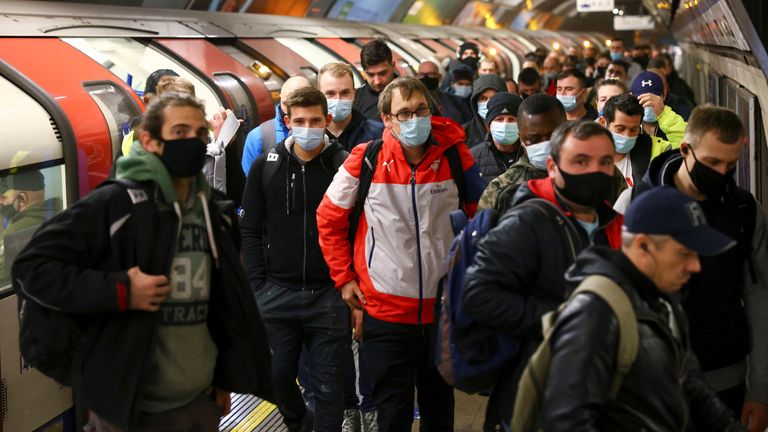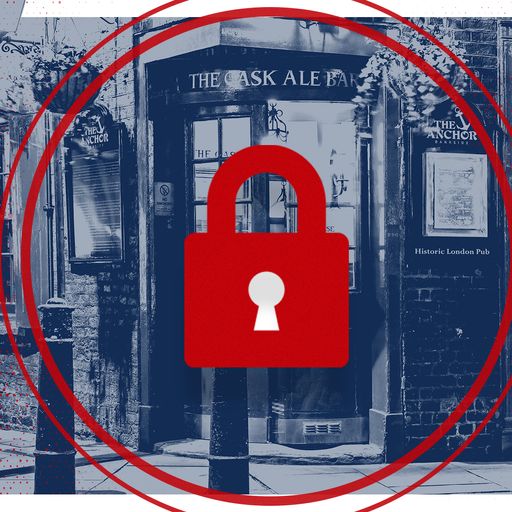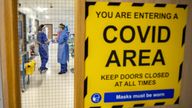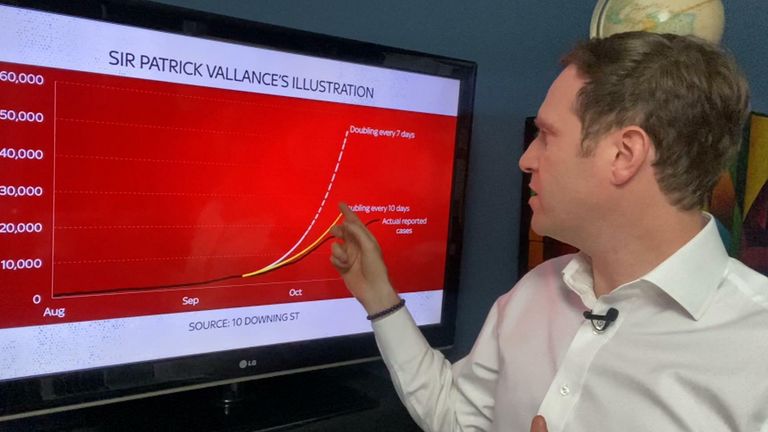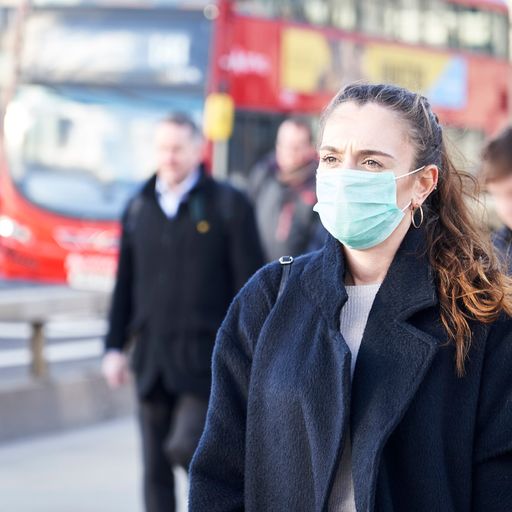Coronavirus: England has breached 'reasonable worst-case scenario' for cases and hospital admissions, SAGE warns
The group says the outlook is "concerning" if no further interventions or behavioural changes take place.
Tuesday 3 November 2020 16:07, UK
England has breached its "reasonable worst-case" scenario for COVID-19 infections and hospital admissions, the government's scientific advisers have said.
The Scientific Advisory Group for Emergencies (SAGE) also warned that the number of daily deaths in England is in line with that scenario, but "is almost certain to exceed this within the next two weeks".
Their warning came in the latest meeting of the group's Scientific Pandemic Influenza Group on Modelling (SPI-M-O) on 14 October, whose minutes were released on Friday.
They said the reasonable worst-case planning scenario is not a forecast of what is to happen but is used to help plan for COVID-19 during the winter.
If the number of new infections falls in the "very near future", this exceedance of the reasonable worst-case scenario "might only continue for three to four weeks", the group said.
"But, if R remains above 1 then the epidemic will further diverge from the planning scenario."
Since then, the R number - the average number of people one person with COVID-19 infects - has remained over 1.
And in Greater Manchester, most hospital trusts there could exceed their critical care capacity by next week due to high COVID-19 hospital admissions, according to an internal NHS document leaked to The Independent.
The prime minister last appeared at Downing Street coronavirus briefing more than a week ago on 22 October.
New infections doubling every 10-15 days
SPI-M-O warned new infections across the UK are doubling every 10 to 15 days.
"There is complete consensus in SPI-M-O that the current outlook for the epidemic's trajectory is concerning, if there are no widespread decisive interventions or behavioural changes in the near term," the group said.
In England, modelling suggests there is an average of 43,000 to 74,000 new infections per day - significantly above the reasonable worst-case scenario of between 12,000-13,000 throughout October.
A swabbing survey by the Office for National Statistics (ONS) estimated that an average of 336,500 people had COVID-19 in the community - not in hospitals or care homes - in the week up to 8 October, with 27,900 new infections each day.
In Wales, an average of 7,900 people had COVID-19 during that week - but the group said it is "highly likely" both countries have seen a daily increase since then.
South West has highest R number and daily growth rate
Looking at England's regions, the group found that despite the South West being touted as having one of the lowest rates, it had the highest R number and daily growth rate.
The estimates showed the region had an R number of 1.3-1.6 and a daily growth rate of between +6% and +10%, with the South East and East of England following close behind.
On the flip side, London had the lowest, with its R number at 1.1-1.4 and a daily growth rate of between +2% and +5%
Testing delays reduce contact tracing effectiveness
The group found that the volume of COVID-19 testing has varied "considerably" over time, depending on the region.
It said there was an indication that the distribution of delays in testing has changed "markedly" with increasing demand and having more tests but with further delays would only hinder test and trace efforts.
"Delays beyond 24 hours result in greatly reduced contact tracing effectiveness," the group said.
"Increasing the supply of tests will potentially reduce the effectiveness of contact tracing if this results in more delays, particularly the proportion returned within 24 hours."

